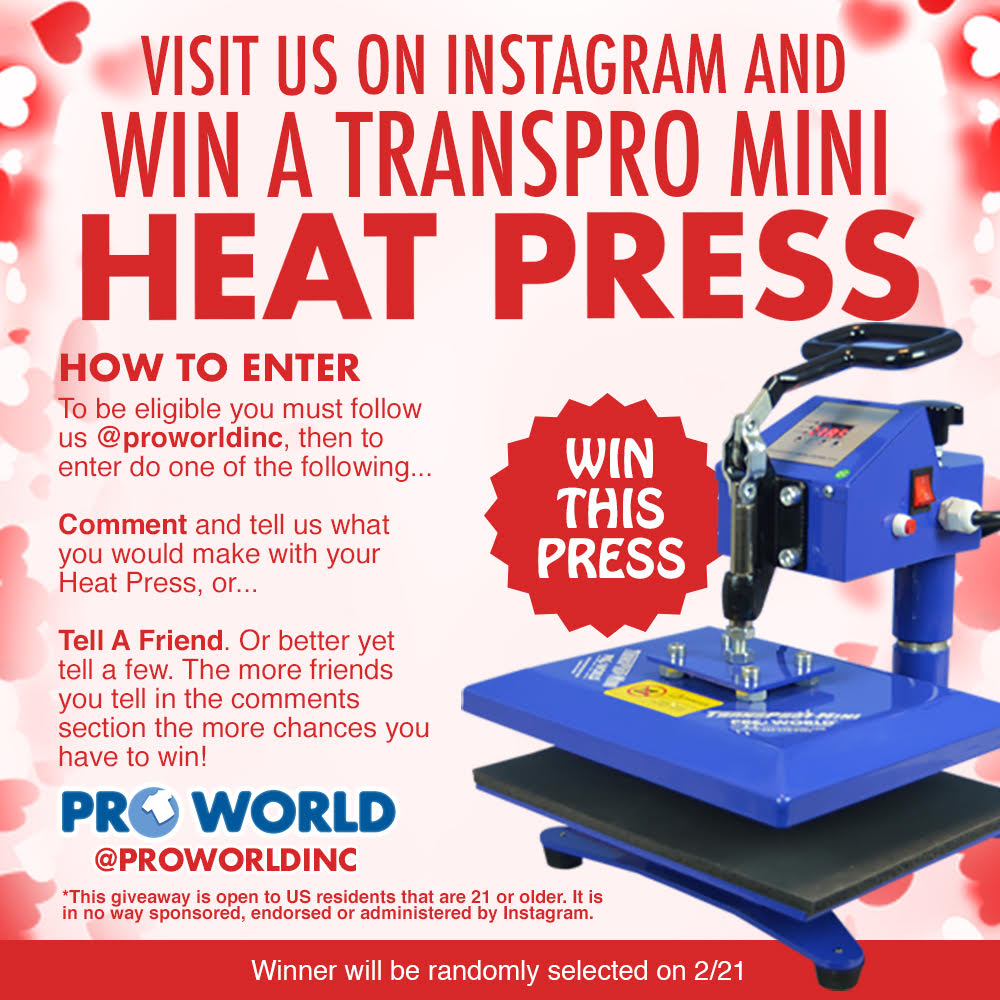Are you thinking about getting a heat press? That’s great news! Congratulations on wanting to take the next step. Heat presses are a wonderful way to scale your custom business. To help make your selection process a bit easier, we’ve compiled a list of important things for you to consider before you make your purchase.
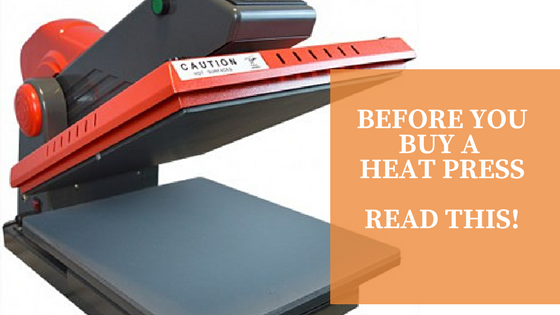 There are 3 types of heat presses. You can choose a clam style which is an upward opening machine.
There are 3 types of heat presses. You can choose a clam style which is an upward opening machine.
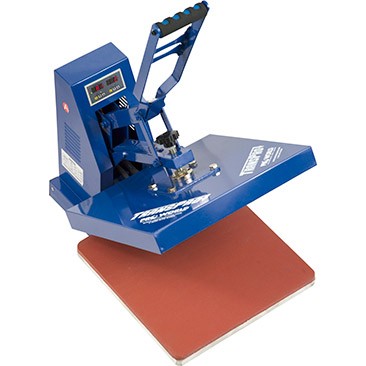
a swing style, where the upper platen swings completely away, to the left or the right.
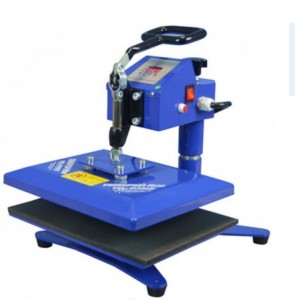
or a drawer style, where you pull the lower platen out towards you, like a drawer. Some of our TransPro Heat Presses have the clam style/pull out platen which is why it is one our best sellers.
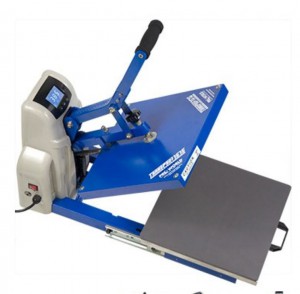
- All heat presses are not created equal. The heat presses we sell are all equipped to handle plastisol ink transfers with a heavy pressure requirement, but not all heat presses on the market are created to allow for heavy pressure. For example, a heat press advertised as a sublimation heat press is designed for light pressure application and may not offer the heavy pressure setting needed.
- When deciding on a good size for your heat press, you want to consider the transfer/design that you will be pressing – not the garment size. A 15×15 is considered a standard commercial size heat press, and you can press designs that are about 14×14. A 16×20 heat press offers more pressing area to work with, about 15×19. Any size shirt will fit on the bottom pad and either press can accommodate the different sizes.
- Our heat presses cannot be connected to a computer to print designs. The heat press is designed to transfer already printed images.
- The machine doesn’t come with one setting that will work for all items. The transfer, vinyl, or paper you are pressing will determine the settings – time, temperature and pressure.
Once you have the heat press here are a few secrets to using your heat press successfully:
- Pressure is important. Make sure to have adequate pressure before applying the transfers. You should be able to close it comfortably with two hands and have some resistance when you lock the press.
- Make sure to have an even surface for application. Zippers, seams, v-necks or pockets affect the transfers by not allowing for a smooth pressing area. Using pressing pillows or perfect pads will help fix this.
- When a transfer fails, don’t press another transfer using the same settings. You may need to recheck the application instructions or modify the temperature or pressure on your heat press to ensure a better end product.
- Heat presses take about 15-20 minutes on average to heat up to the desired temperature. This is similar to an oven.
Do you want to win a heat press for yourself? Head to Instagram and enter our giveaway!